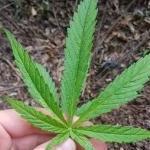-
Tópicos
-
Posts
-
Erotic Chat & Dating – Private Girls Online https://secrelocal.com [url=https://secrelocal.com] chat with girls for adult fun [/URL]
-
Join adult chat with live girls. Discreet, fast, and full of real profiles. https://privateladyescorts.com [url=https://privateladyescorts.com/girls.html] private adult chat rooms free [/URL]
-
Secret Profiles – Adult Chat with Real Women https://privateladyescorts.com [url=https://privateladyescorts.com] private ladies online [/URL]
-








Recommended Posts
Join the conversation
You can post now and register later. If you have an account, sign in now to post with your account.